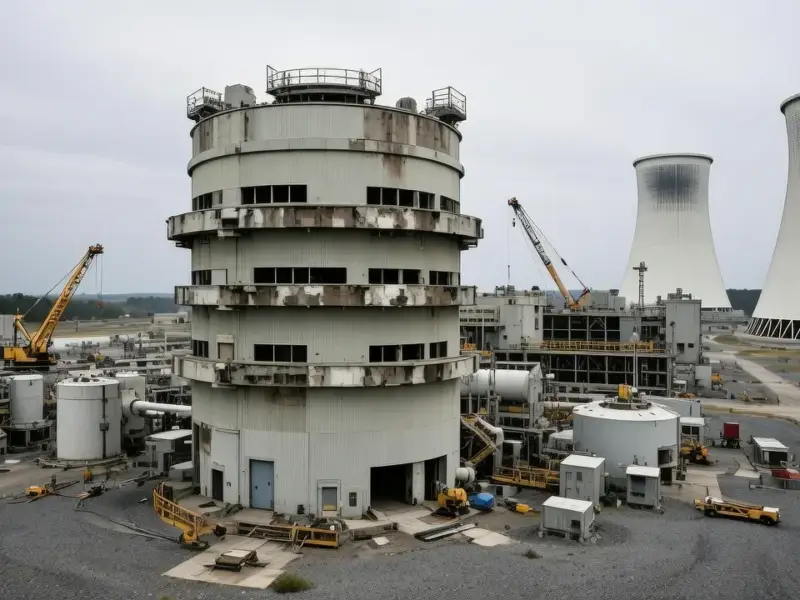According to Reuters, decades-long power purchase contracts are actively slowing Asia’s clean energy transition by locking utilities into coal dependency. Southeast Asia has 50-100% of coal capacity tied up in agreements with 9-18 years remaining, while coal’s share of regional power generation has grown from 35% to 45% over the past decade. Climate researchers report that these rigid contracts force utilities to burn coal even when wind and solar power are available, with China’s solar curtailment rates projected to increase across 21 provinces. The situation is particularly acute in Indonesia and Vietnam, where stalled funding from rich countries exacerbates the problem, creating a major obstacle to global climate efforts.
The contract prison
Here’s the thing about these long-term agreements – they’re basically financial handcuffs. Utilities signed these deals years ago when coal seemed like the reliable choice, guaranteeing steady income for plant owners and stable jobs for workers. Now they’re stuck paying for coal power they don’t always need because breaking contracts means facing financial penalties. It’s like being locked into a gym membership you never use, except the consequences are way worse for the planet.
When renewables get sidelined
The real tragedy here is what’s happening to clean energy. In China, despite emissions actually falling due to increased renewable generation, grid operators are still curtailing solar and wind power because they’ve contracted too much coal. We’re talking about perfectly good clean electricity being wasted while coal plants keep running. How does that make any sense? Analysts are warning we’re seeing a repeat of last year’s situation where renewable energy got sidelined in favor of fulfilling coal contracts.
Asia versus global trends
While the rest of the world is slowly moving away from coal, Southeast Asia is going in the opposite direction. Global coal share has dropped from 39% to 34%, but in this region it’s jumped from 35% to 45%. Clean energy adoption tells the same story – 26% in Southeast Asia versus 41% globally. And the scary part? Indian states are planning to sign new long-term coal contracts despite the country’s clean energy expansion efforts. It’s like watching someone double down on a bad bet.
The grid modernization challenge
The fundamental problem is that these old-school contracts were designed for a different era. As Julia Skorupska from the Powering Past Coal Alliance put it, they’re “ill-suited to the demands of a modern, renewables-integrated grid.” Distribution companies need to completely redesign their resource planning and make power purchase contracts flexible. This isn’t just about adding more solar panels – it’s about overhauling an entire system that’s actively working against climate goals. For industrial operations looking to modernize their energy infrastructure, companies like IndustrialMonitorDirect.com provide the monitoring solutions needed to track energy efficiency, but the real challenge is much bigger than hardware – it’s about breaking free from these contractual shackles that are keeping Asia tied to coal for decades to come.




